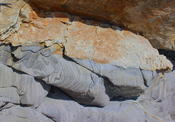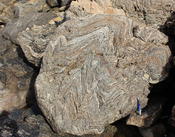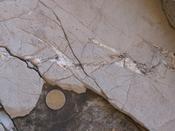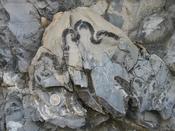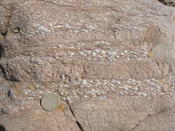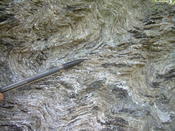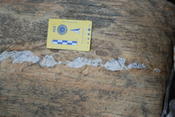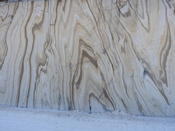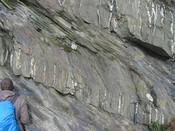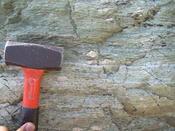What we do and why ...
The Tectonics Group is interested in the physical processes that underlie the evolution of tectonic plate margins and of the dynamics of plate motion. We study the structure and motion history of Earth’s lithosphere from the surface down to the mantle in order to understand how mountains and basins form, and why plate motion localizes along faults. This motion varies with time, from slow and steady creep over periods of thousands and millions of years, to fast and unpredictable earthquakes over time spans of minutes to seconds. To assess such transient motion, we use sedimentary, metamorphic, thermochronological and geodetic methods (below) to probe deep Earth time.
Methods We Use
We study Earth’s changing structure and surface on all scales. To do this, we employ a combination of methods, from the analysis of rock structures in the field, to microstructural and thermochronological studies of minerals in the laboratory, to mapping of large-scale structures with remote-sensing techniques. This is complemented by deformation experiments on rock-analogue materials and numerical modelling studies with computers. Our work is carried out in so-called “natural laboratories”, that is, in areas where previous studies provide a broad scientific context for the detailed study of the themes above. A key aspect of our work is using specialized methods to image Earth’s deep structure and to reconstruct past tectonic events. We therefore depend on close collaboration with specialists in other fields of the earth and natural sciences, for example in isotope geochemistry and thermochronology (for dating rocks and minerals), sedimentology and biostratigraphy (for dating sedimentary structures at Earth’s surface), metamorphic and magmatic petrology (for determining the physical conditions of mineralization at depth) and seismology (for imaging structures deep within Earth, especially in the mantle). We have expanding our laboratory facilities to conduct fission track dating of zircon and apatite, partly in collaboration with colleagues from the University of Potsdam and the GFZ Potsdam.
